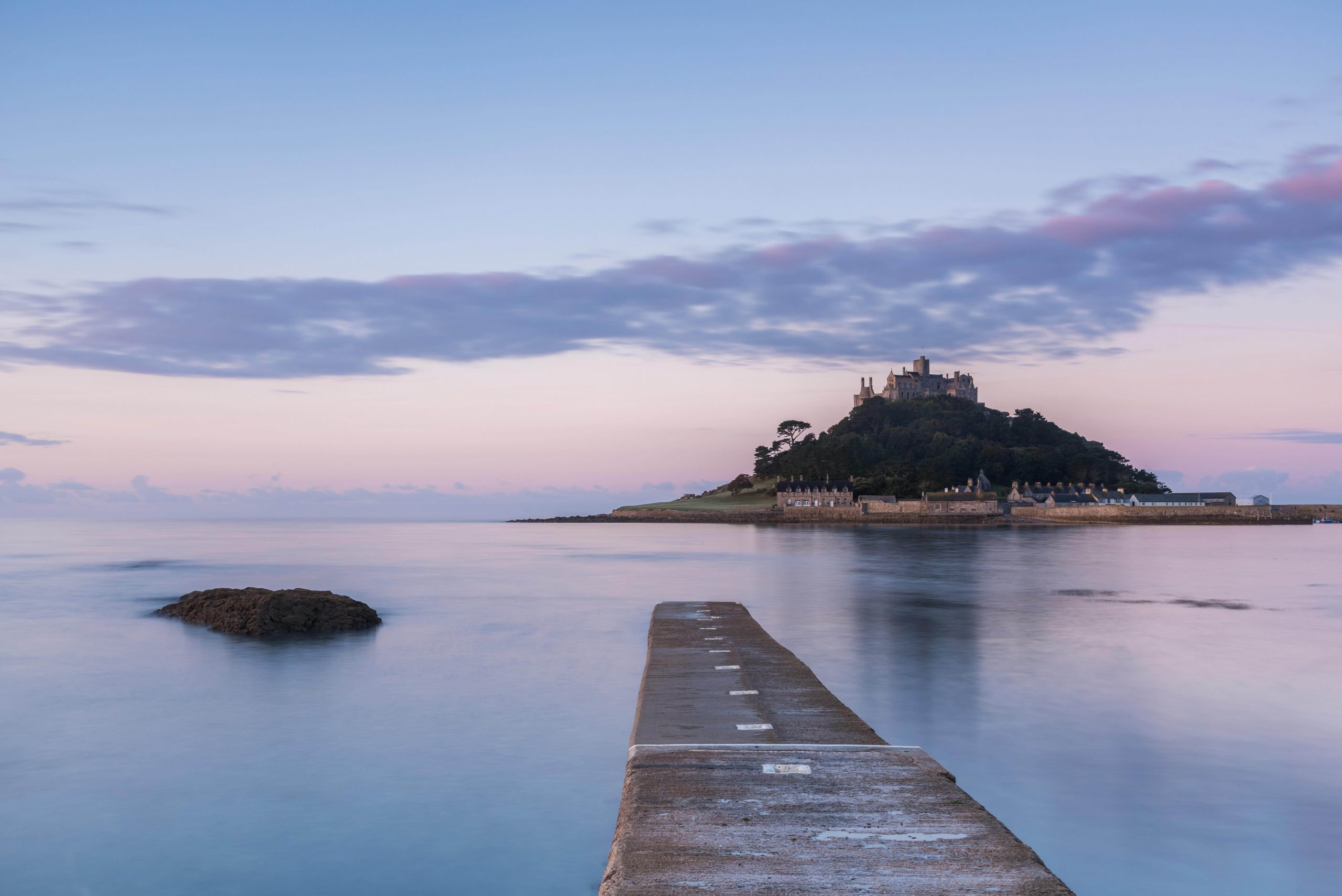February 5th 2026
Arrival into Marrakech – you will be met at Marrakesh international airport at approximately 12:30pm and transferred to your centrally located hotel in Marrakesh. After check in you will have time at leisure to get some lunch, relax or explore the souks of Marrakesh if you wish. We will meet again in the early evening for introductions and an overview of our workshop itinerary before dinner (not included).
February 6th 2026
For the first morning of our Morocco photo tour, we will head in the direction of the High Atlas Mountains and the Tichka Pass (2260m). The journey is very picturesque with one beautiful view after the next.
We will stop at Tizi Air Barka and enjoy the views of the High atlas Mountains before continuing onto the fabulous UNESCO World Heritage Ait-Ben-Haddou Kasbah, used as scenery for many movies. You’ll be able to explore this area on foot and photograph as you wish. There will also be an evening shoot before dinner.
Photographic Highlights: Small Berber villages, High Atlas Mountains, Ait Ben Haddou
Approximate Drive Time: 3.25 hours (113 miles)
February 7th 2026
On leaving Ait Ben Haddou we will pass through Ouarzazate, known as the Morocccan Hollywood, and drive approximately 70 km to the small village of Tamnougalt. Tamnougalt was the original capital city of the Mezguita region during the 16th century, and the home of various local governors. A tour of the Kasbah is included here with plenty of opportunities to photograph.
Photographic Highlights: Draa Valley, palm groves, Kasbah Tamnougalt ruins, beautiful palm grove gardens at the Riad.
Approximate Drive Time:
February 8th 2026
After breakfast, we will take a route known as the Thousand Kasbahs Road where numerous kasbah ruins dot the land. This road will take us through Skoura Valley, which was discovered in the 12th century, and famous for the more than 300 kasbahs scattered here.
Here we will visit Kasbah Amridil a beautifully protected kasbah where you can really get an idea how people lived during the days of the caravans. The view from the rooftop is beautiful.
Next, we’ll pass through the Kelaa Mgouna Valley, famous for its rose fields that are in full bloom during the month of May. Before sunset, wewill arrive at the top of Dades Gorge where we’ll set up for photographing light trails after the sun goes down.
Photographic Highlights: Small Berber villages, kasbah Amridil ruins, Dades Gorge, light trails
Approximate Drive Time: 2.75 hours (120 miles)
February 9th
After breakfast we will head toward the village of Tinghir. Here, you’ll observe the beautiful palm tree oasis and the spectacular Todgha Gorge, with its sharply-cut rocks. This road will take us through a flat and arid stretch, bordered with the purple reliefs of Djebel Saghro, and scattered palm trees. This area is well known for its delicious dates, as well as fossils. We will stop to shoot photos of a picturesque ksar (fortified tribal village) near Todgha Gorge.
Just north of Tinghir, we’ll stop for photos at the kasbah of Aït Youl set against a lush backdrop of almond and fig trees.
Later in the day, we will enter the small city of Arfoud, known as the “Gate to the Sahara Desert.” Arfoud is the International Capital of Fossils, as well as a filming site for the movies ‘The Mummy and King of Persia’. After passing through Arfoud, our journey continues off-road to the impressive Erg Chebbi sand dunes of the Sahara Desert and on to our desert camp where w’e’ll stay for the next two nights.
We’ll enjoy a scenic camel ride either this evening or tomorrow evening depending on conditions. There will also be plenty of opportunity for some fabulous photos amongst the dunes before dinner (included)
Photographic highlights: Tinghir, ksar, Todgha Gorge, Ait Youl, Djebel Saghro Mountains
Approximate drive time (154 miles)
February 10th 2026
We’ll enjoy an early morning photo shoot in the dunes before breakfast, after which we’ll leave to experience the Rissani market where locals converge
Following the market we’ll head back out to the desert to visit the Ganawa music group in what’s known as the Black Village. Those who live in the village are descendents of slaves who came from Ghana. Throughout the generations they have kept their culture alive, and they are happy for photographs to be taken.
If timing allows, we’ll make a stop at the Morocco National 4×4 Auto Museum. The museum is a quirky stop that offers a glimpse into the vehicles that have shaped desert travel across the decades. The museum houses a private collection of 4x4s ranging from classic Land Rovers and vintage Jeeps to royal convoy vehicles and off-road rally legends. Each car has its own story, from early overland expeditions to local desert transport. The collection is impressive, especially for those with an interest in cars or history.
Photographic Highlights: Rissani market, dunes, camel caravans, Black Village, car museum
Return to our camp for dinner (included) and evening music
February 11th 2026
Today is a long travel day. After breakfast we will spend a brief time once more on the magnificent dunes before departing Merzouga. We pass through the Ziz Valley, one of the longest valleys in Morocco where it’s common to see the Berber shepherds watching over their flocks. As we make our way up and into the High Atlas Mountains, there is an abrupt change in scenery and, as we travel through the N’Talghemt Pass (1,907 m), there will be ample opportunities for photos.
We will criss-cross the Middle Atlas Mountains and may catch a glimpse of Barbary Macaques, in the shadowy cedar forest. Near the forest will enter the city of Ifrane, home of the world famous Al Akhawayn University. You’ll have the opportunity for a walk here.
Near Ifrane, we may have time to visit Lake Ifrah or Lake Aaoua if they are not dry. Both are havens for wildlife, especially birds.
Arrive to Fes late afternoon/early evening.
Approximate Drive Time: 7.25 hours (286 miles)
Photographic Highlights: Ziz Valley, shepherds with flocks, Middle Atlas mountains, Ifrane
February 12th 2026
We will explore Fes today with a private guide through the medina. We’ll start the tour from high above the city to get our bearings before exploring the following and more:
Chouara Tannery: Witness the traditional method of tanning leather and see the vibrant dyeing pits that Fes is famous for.
Local Souks and Markets: we will immerse ourselves in the vibrant atmosphere of Fes’ markets, where we’ll see a variety of handicrafts being made by skilled craftsmen.
We’ll also visit the Jewish and Andalusian Quarters. These historic areas offer a glimpse into the city’s diverse heritage.
Before dinner, we’ll have an evening shoot of the city from a high viewpoint.
Photo Highlights: medinas, architecture, souks, tannery, sunset
February 13th 2026
The drive from Fes to Chefchaouen takes us north through the rolling hills and olive groves of the Rif region. Along the way, we’ll pass through quiet agricultural towns and scenic countryside that grows more mountainous as we near our destination. As the road winds higher into the Rif Mountains the views open up to dramatic ridge-lines and forested slopes. The journey ends in the charming blue-washed town of Chefchaouen, nestled in a valley with a lovely mountain backdrop.
Afternoon to relax and enjoy the hotel or explore on foot.
Early this evening we will take a walk up to the Spanish Mosque. Located on a hilltop overlooking the city it offers the best panoramic view of Chefchaouen. We will shoot from here as the sun sets and the city slowly lights up.
Photographic Highlights: Rif Mountains, Chefchaouen
Approximate Drive Time: 4 hours (122 miles)
February 14th 2026
Today you can explore at leisure to take in the sights of Chefchaouen. The Chefchaouen medina is packed full of handcrafts and is easily traversed by foot. You’ll also notice that the traditional clothing worn by the Berber women in Chefchaouen is unique to the entire country.
February 15th 2026
After breakfast you’ll be transferred to Tangier International airport for onward flights home.
We will visit a number of locations over the course of the workshop which will offer you numerous challenges and allow you to fully explore your creative potential. The workshop has a relaxed format and is designed to be enjoyable as well as well as educational, so aside of improving your photography you can also enjoy the beautiful surroundings and most importantly have fun!
Riad Belle Epoque – Marakesh <br>
Dar Mouna – Ben Haddou <br>
Hara Oasis – Tamnougalt<br>
Luxury Riad Dades – Dadès Valley<br>
Dunes Luxury Camp – Merzouga <br>
Le Grand Alcazar – Fes <br>
Riad Cherifa – Chaefchaouen
- Fes
- Chefchaouen – the blue city
- Dades Valley
- Unesco World Heritage Ait Ben Haddou
- High Atlas mountains
- Western Sahara desert
- Desert nomads
- Camel caravans,
- Ancient kasbahs
- 9 days of photographic guidance
- 10 nights ensuite single occupancy accommodation
- Return airport transfers
- Breakfast each day plus 5 dinners
- Minibus and 4WD transportation within Morocco with a English speaking local driver and guide
- City tour of Fes
- Desert camel trek
- Tour of Tamnougalt kasbah
- Tips (excluding guide/driver)
- Travel to and from Morocco
- Personal & equipment insurance
- Tips for driver and guide
- Meals other than those specified
- Beverages
The tour is aimed at anyone who wants to improve their photography so photographers of all levels of experience are welcome.
*This workshop is not suitable for the complete beginner.*
Please note: this is classified as a tour NOT a workshop. This means that we will be on hand to give advice and guidance throughout but it is is not quite such an intense style of workshop as per the usual Image Seen workshops. There will however be plenty of photographic opportunities throughout. Some locations we will visit as a group, others you will explore at leisure.
A minimum of 6 bookings are required for the workshop to proceed.
1 – 2 where possible.
Minibus and 4WD transportation is provided with a local English speaking guide and driver.
Mild – moderate. Most locations are easily accessed. There will be quite a bit of walking in Fes but it is all flat.
- DSLR or mirrorless camera. A bridge camera will be adequate if it has manual functions.
- Suitable lenses are 24-70 and 70-300mm (on full frame).
- Tripod
- Cable/remote release
- Filters – a polarising filter and a set of neutral density graduated filter/s will help you get the best result in-camera.
- A rain cover for your camera.
- A laptop and card reader is useful to select and review your images for the purpose of our image critiques but not essential.
Before buying any equipment or if you are unsure of what to bring, please email sarah@imageseen.co.uk for more information.
Please ensure that you insure your photographic equipment. It is also recommended that you take out personal insurance in case you need to cancel.
It is important to be aware of and to respect the Muslim culture.
- Please note that Moroccan people as a rule do not like to be photographed. It is against their culture so if you stick your camera in someones face it won’t be appreciated. You may be asked for money or chased off. Our guides are there to help facilitate when it comes to getting images of people and work and also portrait captures so don’t worry you will be able to get some great shots.
- Dress appropriately – no short shorts/skirts etc and shoulders should be covered
- Alcohol is available in some hotels and restaurants but not many.
- Drones are not allowed in Morocco








































